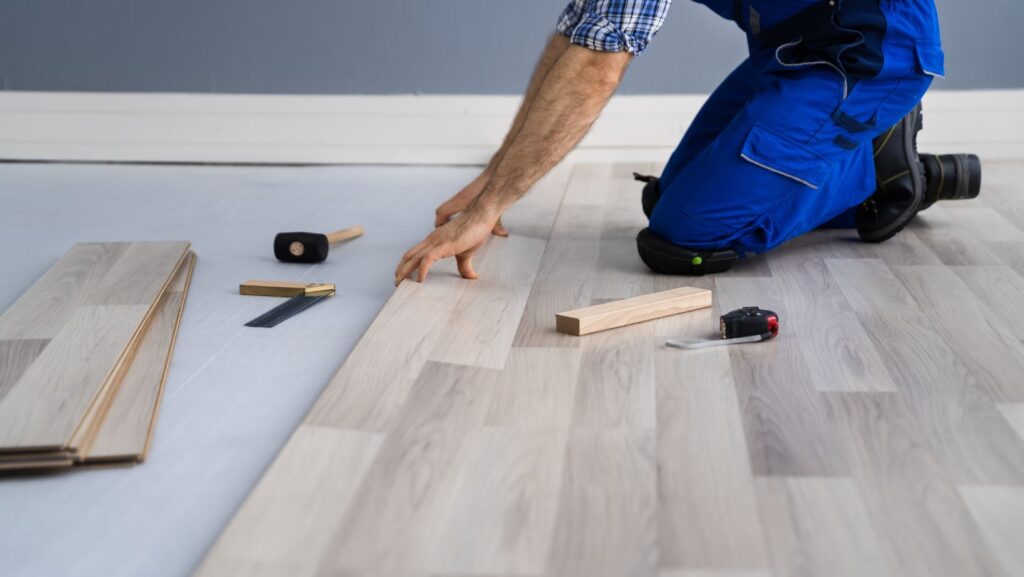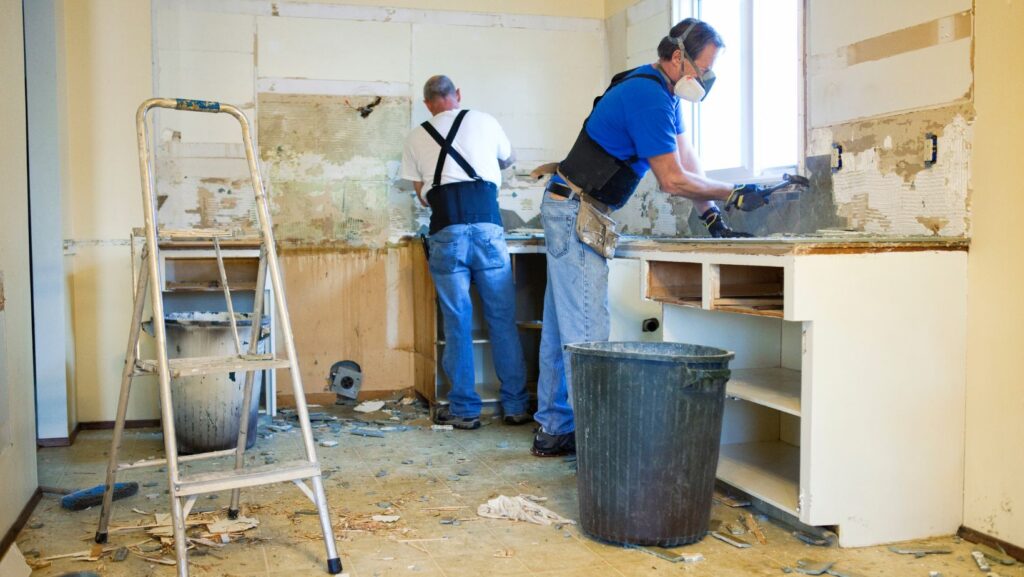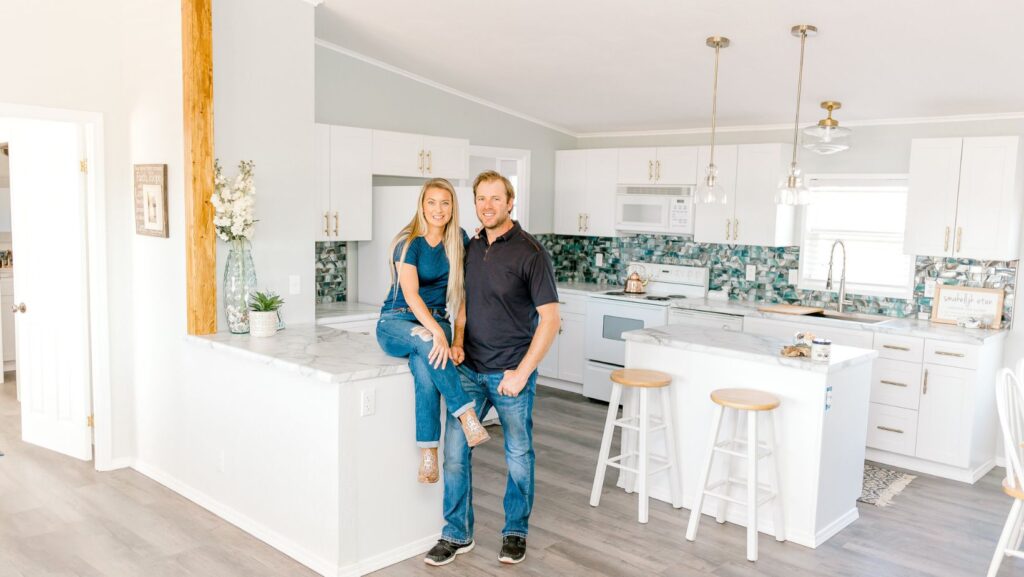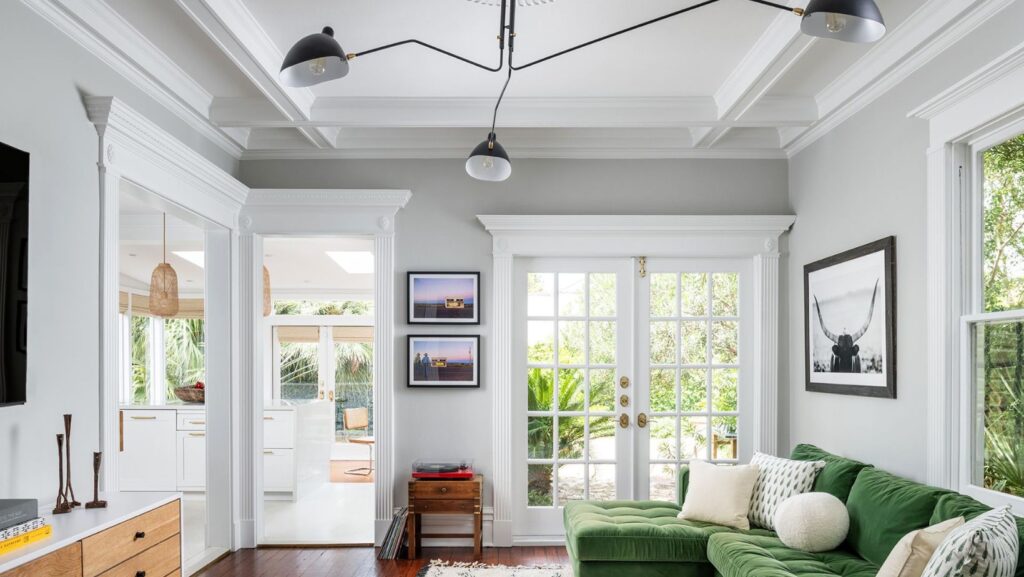Renovating a home is always a chance to bring new life into familiar spaces. For many homeowners, it’s also an opportunity to think about long-term savings and sustainability. Eco-friendly renovation isn’t just a buzzword anymore it’s a practical approach that combines style, comfort, and cost efficiency. By making choices that reduce waste, conserve energy, and use materials wisely, you can create a home that benefits both the environment and your wallet.
The Growing Appeal of Green Renovations
Over the past decade, interest in eco-friendly living has grown significantly. Rising utility costs, increased awareness of climate change, and advancements in sustainable materials have all influenced the way people approach home projects. More homeowners are asking: how can I make my home more efficient without sacrificing comfort or design?
The truth is that eco-friendly renovation doesn’t require massive budgets or futuristic technology. It’s about adopting smarter strategies choosing materials that last longer, improving energy performance, and rethinking design in ways that align with both modern living and environmental responsibility.
Energy Efficiency as a Foundation
One of the most impactful ways to renovate sustainably is to focus on energy efficiency. A home that leaks air through drafty windows or relies on outdated systems will always cost more to operate. Renovation is the perfect time to correct these inefficiencies.
Replacing old windows with double- or triple-pane alternatives, sealing insulation gaps, and upgrading to modern HVAC systems immediately reduce monthly bills. Adding programmable thermostats gives homeowners more control, making it easier to regulate temperature without wasting energy. These upgrades may require upfront investment, but they typically pay for themselves over time in reduced energy costs.
Rethinking Materials and Finishes
Another way to make renovations eco-friendly is to be thoughtful about the materials you use. Instead of defaulting to brand-new products, many homeowners are turning toward reclaimed wood, recycled tile, or low-VOC paints. These materials not only minimize environmental impact but also bring unique character into the home.
Flooring made from bamboo or cork, for example, offers renewable alternatives to traditional hardwoods. Countertops crafted from recycled glass or composite materials blend durability with sustainability. By choosing materials that are responsibly sourced, you’re extending the life cycle of resources and reducing waste.
Water Conservation and Smarter Fixtures
Eco-friendly living isn’t limited to energy use. Water conservation plays a huge role in reducing both environmental impact and household costs. Renovations that include low-flow toilets, aerated faucets, and efficient showerheads can significantly reduce daily water consumption without sacrificing comfort.
For homeowners tackling larger projects, incorporating rainwater harvesting systems or greywater recycling can take conservation to another level. These systems repurpose water for landscaping or non-potable uses, further lowering utility bills while protecting a valuable resource.
Indoor Air Quality and Healthier Spaces
A truly eco-friendly home isn’t just efficient it’s also healthier. Many traditional building materials and finishes release chemicals that linger in indoor air. By opting for low- or zero-VOC paints, natural flooring materials, and sustainable insulation, you create an environment that supports better health.
This is particularly important for families with children or anyone sensitive to allergens. A home that feels fresh and safe is more than a luxury it’s part of responsible living.
Budget-Friendly Green Strategies
One of the biggest misconceptions about eco-friendly renovations is that they always cost more. While some upgrades do require investment, there are plenty of budget-conscious strategies that still deliver results.
Repurposing furniture or cabinetry instead of replacing it, installing ceiling fans to reduce reliance on air conditioning, and using LED lighting throughout the home are all small steps that add up. Even something as simple as incorporating more natural light through skylights or reflective surfaces can lower electricity use while creating a brighter, more welcoming space.
The Role of Market Value
Beyond personal benefits, eco-friendly renovations often increase property value. Buyers are increasingly looking for homes with sustainable features, recognizing the long-term savings they provide. A house with updated insulation, energy-efficient appliances, and sustainable materials tends to stand out in competitive markets.
For homeowners considering selling, this means eco-friendly updates can double as smart investments. By preparing a property with green features, you make it more attractive to buyers who value both style and sustainability.
In some cases, working directly with professional buyers, such as Granbury cash buyers, can streamline the process even further. These buyers often recognize the value of eco-conscious upgrades and can provide a quick, straightforward path to selling without the delays of traditional real estate transactions.
Balancing Tradition With Innovation
Older homes present a unique challenge when it comes to eco-friendly renovation. Many were built before modern efficiency standards and require creative solutions to bring them up to date. The good news is that even traditional houses can be modernized without losing their character.
For example, retrofitting insulation in walls and attics makes a dramatic difference in comfort and cost. Preserving original hardwood floors while adding energy-efficient underlayment blends old-world charm with new-world practicality. These balanced approaches allow homeowners to honor the history of a property while preparing it for a sustainable future.
Outdoor Spaces and Eco-Friendly Design
Green renovation isn’t limited to the indoors. Outdoor spaces also benefit from eco-friendly planning. Drought-resistant landscaping reduces the need for irrigation, while native plants thrive naturally in their environments. Permeable paving materials allow water to drain more efficiently, minimizing runoff and supporting healthier soil.

Outdoor living areas can also be made more sustainable by choosing durable, weather-resistant furniture crafted from recycled or renewable materials. These thoughtful touches extend eco-friendly living beyond the walls of the home.
The Long-Term Payoff
One of the most compelling aspects of eco-friendly renovation is the long-term payoff. While upfront costs may deter some homeowners, the ongoing savings in energy, water, and maintenance quickly add up. A home that requires fewer resources to run is less stressful to maintain, leaving more room in the budget for other priorities.
Additionally, many regions now offer incentives, rebates, or tax credits for sustainable upgrades. From solar panels to efficient windows, these programs help offset initial costs and encourage homeowners to make greener choices.
Embracing a Mindset Shift
Eco-friendly renovation isn’t just about specific upgrades it’s about adopting a mindset that values efficiency, responsibility, and creativity. It encourages homeowners to ask, “Do I really need new materials, or can I reuse what I have?” or “How can I make this space serve more than one purpose?”
This mindset shift transforms the renovation process. Instead of chasing fleeting trends, you begin to prioritize solutions that are practical, lasting, and thoughtful. The result is a home that not only looks good today but continues to provide comfort and savings for years to come.
Conclusion: Building a Smarter Future
Eco-friendly home renovation is more than just a trend it’s a pathway toward smarter, healthier, and more cost-effective living. By focusing on energy efficiency, sustainable materials, water conservation, and indoor air quality, homeowners can create spaces that align with modern values while saving money over time.
Every step, from small changes like LED lighting to larger investments in efficient systems, contributes to a more sustainable future. These renovations prove that you don’t need to sacrifice style or comfort to live responsibly you simply need to make thoughtful choices.
And as more buyers and communities recognize the value of eco-friendly living, these investments also position your property for long-term success. Whether you plan to stay for decades or prepare for a sale, sustainable renovation ensures that your home is ready for the challenges and opportunities of tomorrow.



